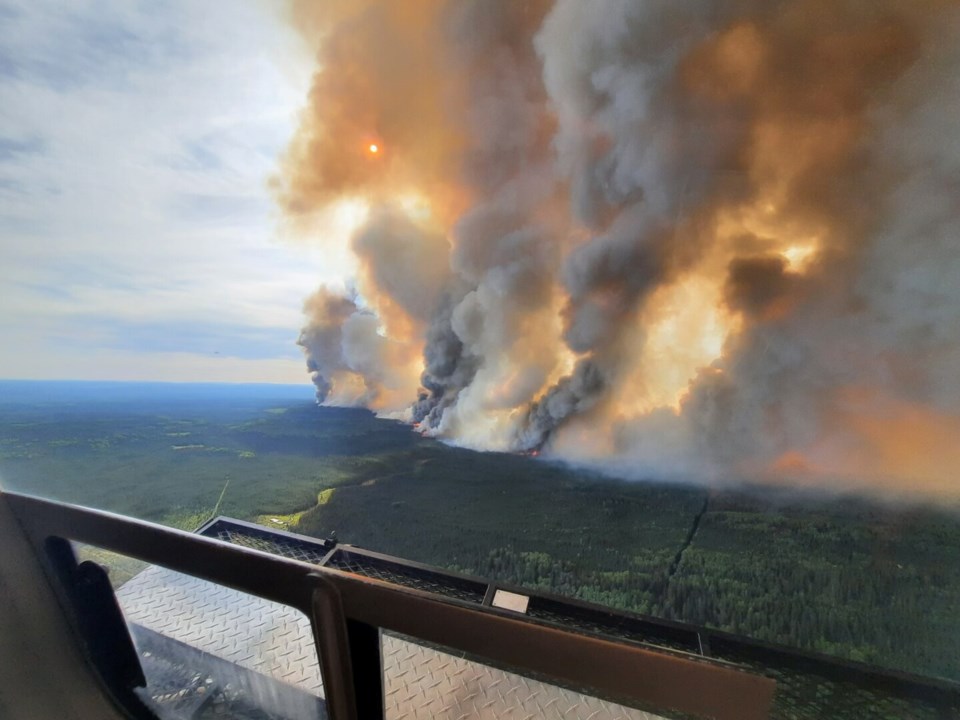Wildfires are getting bigger “in a number of different ways” – and that could mean future challenges for the BC Wildfire Service.
Neal McLoughlin, superintendent of predictive services with BCWS, says the size of fires is growing, along with the number of fires that exceed 1,000 hectares.
The wildfire service has data going back to the 1950s.
Its stats show the largest fire on record occurred in the last decade – we just might break that record this decade.
He’s talking about the Plateau Fire near Williams Lake in 2017. It was 521,000 ha in size. The previous record was just under 286,000 ha.
On Monday, the Donnie Creek fire north of Fort St. John was deemed B.C.'s second largest ever at 240,000 ha.
But that’s not the only signal that fires are getting larger, says McLoughlin.
The BCWS data shows the number of fires passing 1,000 ha size has been going up over time.
“We used to have 99.5% of our fires less than 1,000 ha. Now, we're seeing that 98.5% are less than 1,000 ha.
“That might not seem like a lot ... but that's the difference between maybe 75 to 100 fires in those past decades, to now 250 to 300 fires that are getting to be very large.
“So it's not just a matter of the maximum fire size, but it's also a matter that we're seeing this more frequently through time, and through our fire seasons.”
He says it's a clear data signal that fires will continue to get bigger.
“The best intelligence we have on climate change, combined with how fire seasons are trending, would suggest the number of large fires are going to go up."
This, says McLoughlin, brings “a lot of challenges to the business of wildfire management.”
“As we see these trends with larger fires happening, it means fire is on the landscape longer. It's going to bring smokier days to the public, and it's going to take us a longer time to put those fires out,” says McLoughlin.
“And so when we get challenged with those types of fire seasons, it quickly exceeds our capacity.”
The challenge is deciding on where the most critical fire response is, recognizing that BCWS doesn’t have the capacity to put every fire out.
It’s looking to bolster its staff, but can only go so far within funding constraints.
McLoughlin says the wildfire service is shifting focus from being more of an initial attack agency to being a fire management agency.
“There's some really good, positive work though that BC Wildfire Service is doing in light of these trends, and one of them is our cultural and prescribed fire program.”
“I think it's just as important to recognize that fire is a natural ecological process, and under the right conditions can have very positive effects to ecosystems and habitat, and also at reducing future risk to wildfire across the province,” says McLoughlin.



